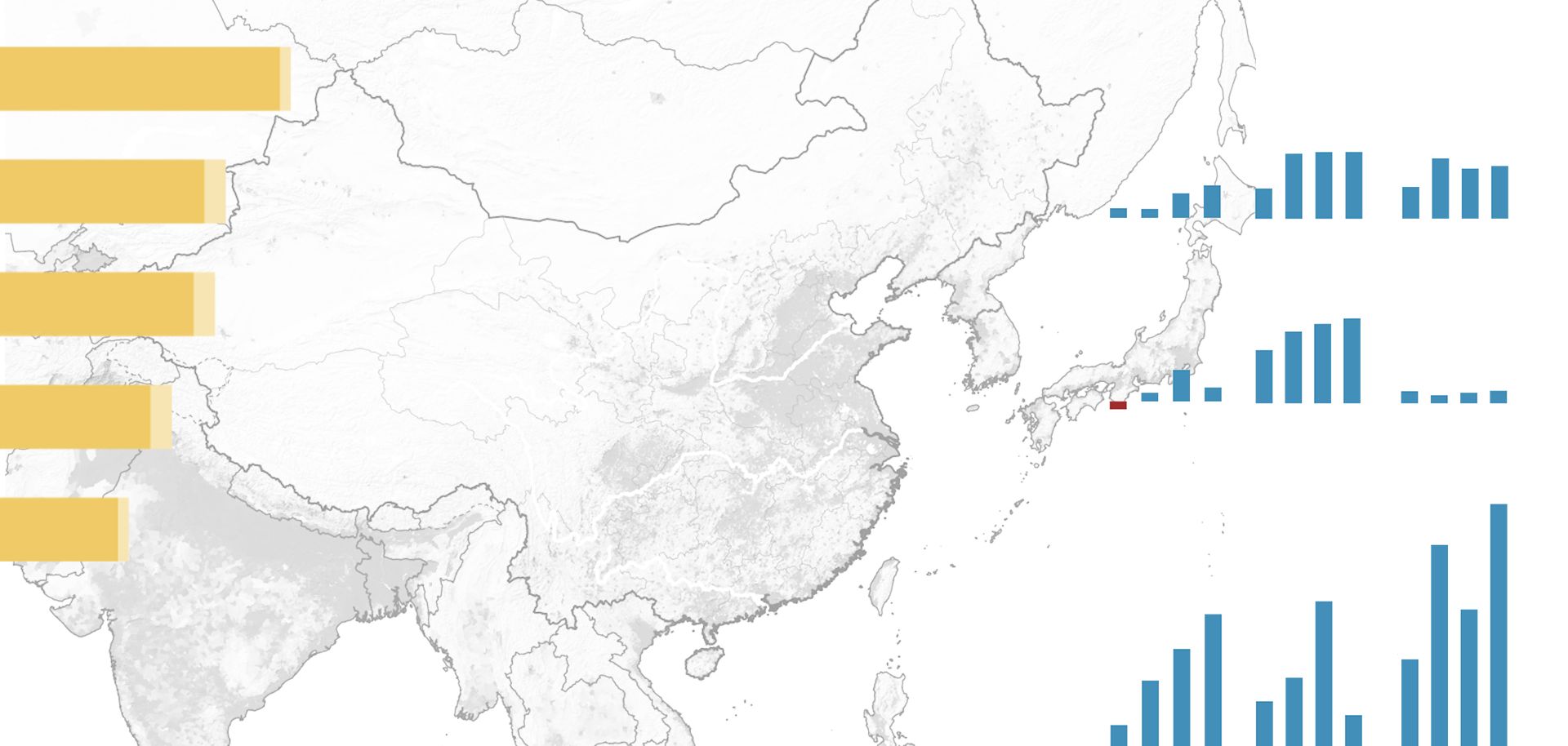
This week, Myanmar's onetime opposition party successfully chose its first civilian president to replace President Thein Sein, a former general. The new administration, led by the National League for Democracy (NLD), will attempt to incorporate ethnic nationalist groups to meet central government needs, but that effort will likely fail because of military opposition. The accession of NLD stalwart Htin Kyaw to the office March 30 will end the slow, planned transition from military to quasi-civilian rule, a process that began in 2010.
Because the NLD is constitutionally unable to fully control the military, it will be impeded by Myanmar's core challenge: controlling the geographically fractured and ethnically diverse border areas. Ethnic minority groups constitute more than 30 percent of the population and are mobilized in a host of different nationalist movements (armed and unarmed).
The desire to control this restive periphery — by force — provoked a military coup in 1962. Although the military contained the violence, it was unable to incorporate militants into the new system because of ineptitude, corruption and disastrous economic policies. The NLD, by contrast, wants to fold the groups into the nation through political means while still enforcing its central control. The 2010 political transition has only complicated the border problem: The NLD holds the political reins while the military has a monopoly on legitimate violence. One holds the carrot; the other holds the stick.
This division of power will make it particularly challenging for Myanmar to progress in ongoing peace talks with armed groups. Ethnic militant forces number in the high tens of thousands and control huge swaths of territory. Thus, the NLD government's tenure will be marked by continued ethnic battles, driven by a military strategy it simply does not control. As the NLD tries to control Myanmar's seemingly intractable conflict, its credibility with ethnic populations — and the international community — will likely be questioned.



